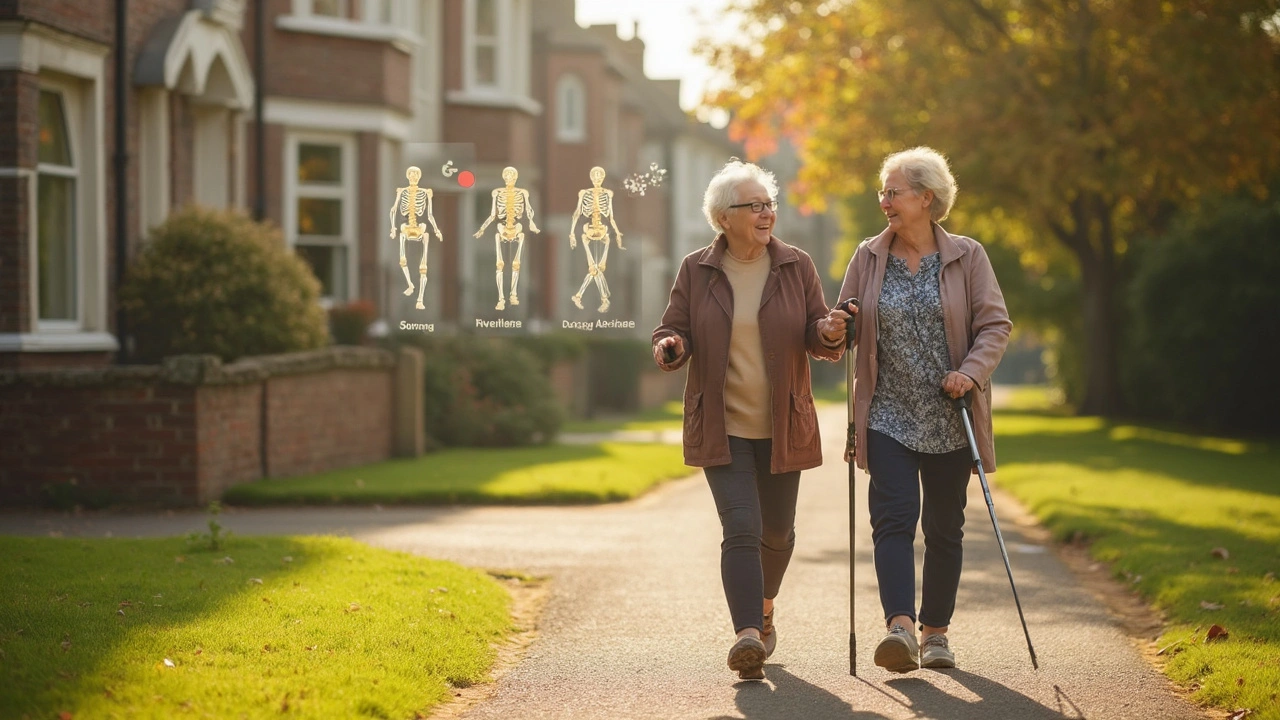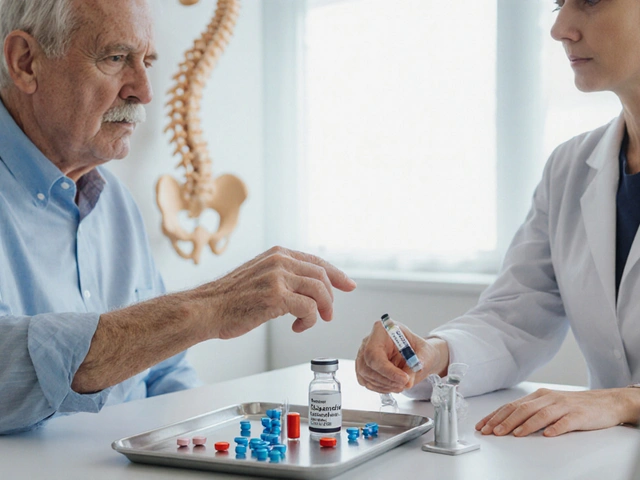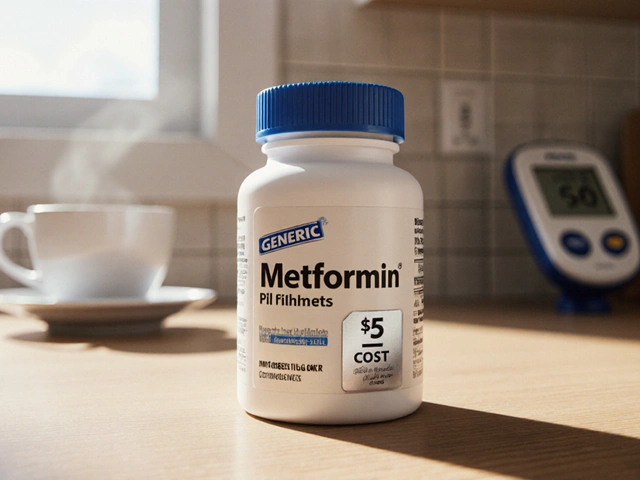Bone health: how to build stronger bones every day
One in three women and one in five men over 50 will break a bone due to weak bones. That sounds scary, but small, consistent steps cut that risk a lot. This guide gives clear, usable actions you can start right now.
Healthy bones mean more than calcium. Bones are living tissue that needs nutrients, movement, and protection from things that wear them down. Think of bone health as a daily checklist, not a single treatment.
Eat for strong bones
Aim for about 1,000 mg of calcium daily if you’re an adult under 50, and around 1,200 mg if you’re a woman over 50 or a man over 70. Get calcium from food first: milk, yogurt, cheese, canned sardines or salmon (bones included), tofu set with calcium, and leafy greens like kale. Don’t rely only on supplements—talk to your doctor if you need one.
Vitamin D helps your body absorb calcium. Most adults need roughly 600–800 IU daily; older adults often need more. Sun exposure helps, but where you live, skin tone, and season matter. If blood tests show low vitamin D, a supplement is an easy fix.
Protein, magnesium, and vitamin K also matter. Eat lean meats, beans, nuts, seeds, whole grains, and plenty of vegetables. Avoid very low-protein diets—muscle loss raises fracture risk because weaker muscles mean worse balance and more falls.
Move your bones — the right way
Weight-bearing exercise forces your bones to adapt and get stronger. Walk briskly, jog, dance, climb stairs, or play tennis. Aim for at least 30 minutes most days. Add strength training twice a week—simple moves like squats, lunges, push-ups, and resistance-band work build bone-supporting muscle.
Balance and flexibility matter too. Try heel-to-toe walks, single-leg stands, or yoga to cut fall risk. Better balance often prevents the first broken bone.
Skip smoking and limit alcohol. Smoking speeds bone loss; drinking more than two standard drinks a day raises fracture risk.
Some medicines weaken bones when used long-term—steroids and some anticonvulsants, for example. If you take these, ask your doctor about bone-protecting steps and testing.
Get a bone density test if you’re a woman 65+ or a man 70+, or younger with major risk factors (early menopause, long steroid use, low body weight, or previous fractures). The DEXA scan measures bone density and helps guide treatment.
If osteoporosis shows up, doctors may prescribe bisphosphonates (like alendronate), denosumab, or anabolic agents (like teriparatide) depending on your situation. These drugs work, but they should be chosen and monitored by a clinician.
Daily plan example: breakfast with yogurt and fruit, 30-minute brisk walk, two short strength sets midweek, add a balance routine, and a check of meds at your next doctor visit. Small habits add up fast.
Want practical meal ideas, exercise routines, or questions to ask your doctor? Read our related posts or bookmark this page and start with one change today.

Estrogen plays a key role in keeping bones strong, especially as women age. When estrogen levels dip, usually around menopause, the risk of osteoporosis shoots up. This article breaks down exactly how estrogen protects bones and what happens when your body makes less of it. You'll also get practical tips on bone health and learn about different options for preventing and treating osteoporosis. Everything is backed by solid science, but explained in simple language.






